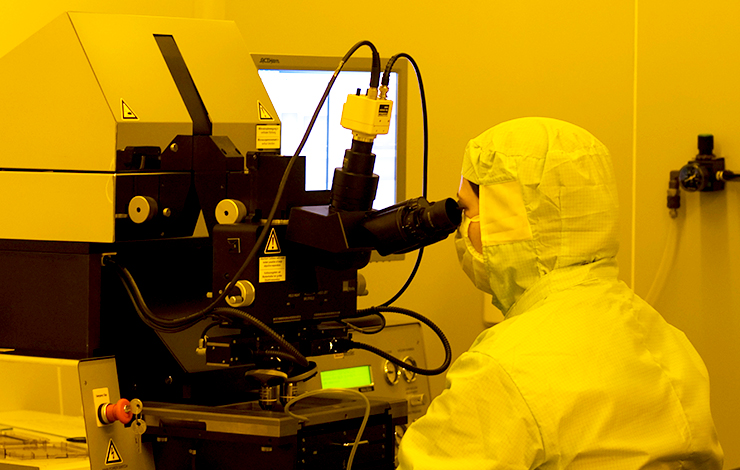


Solid State Electrochemical WO3 Transistors with High Current Modulation
| Title | Solid State Electrochemical WO3 Transistors with High Current Modulation |
| Publication Type | Journal Article |
| Year of Publication | 2016 |
| Authors | Grey P, Pereira L, Pereira S, Barquinha P, Cunha I, Martins R, Fortunato E |
| Journal | Advanced Electronic Materials |
| Volume | 2 |
| ISSN | 2199160X |
| Abstract | In this paper, the role of electrode architecture (conventional and interdigital), device structure (vertical or planar), and tungsten oxide (WO3) channel thickness on the electro-optical performances of room temperature sputtered electrochromic transistors (EC-Ts) is reported. A larger number of electro-reducible tungsten sites in thicker WO3 films provide improved optical density and coloration efficiency. However, overall transistor performance is found to suffer in planar EC-Ts with the conventional electrode architecture, where the step to planar interdigital electrodes leaves the devices to be almost insensitive to WO3 thickness. Vertical structures result in improved device properties and stability, given to the shorter distance between gate electrode and semiconductor and to the encapsulation effect provided by such structures. These devices show an On–Off ratio of 5 × 106 and a transconductance (g m) of 3.59 mS, for gate voltages (V G) between −2 and 2 V, which to the authors' knowledge are the best values ever reported for electrochemical transistors. The simple and low-cost processing together with the electrical/optical performances well supported into a comprehensive analysis of device physics opens doors for a wide range of new applications in display technologies, biosensors, fuel cells, or electrochemical logic circuits. © 2016 WILEY-VCH Verlag GmbH & Co. KGaA, Weinheim |
| URL | https://www.scopus.com/inward/record.uri?eid=2-s2.0-84987719072&doi=10.1002%2faelm.201500414&partnerID=40&md5=621c1862bee7d774e5a721bff68901be |
| DOI | 10.1002/aelm.201500414 |








